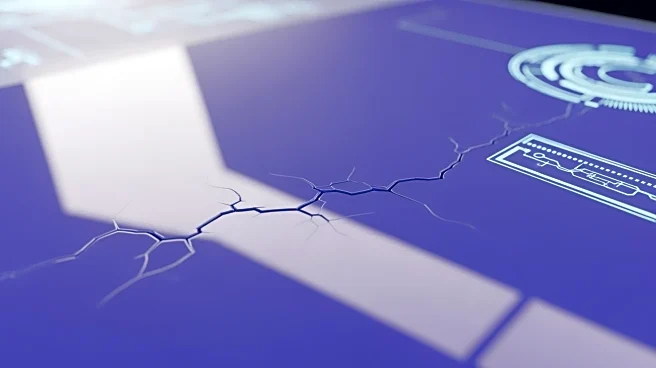What's Happening?
The global self-healing coatings market is expected to grow significantly, reaching $13.84 billion by 2030, according to DataM Intelligence. This growth, at a compound annual growth rate (CAGR) of 28.4%,
is driven by the increasing demand for sustainable and durable materials across various industries. Self-healing coatings, which can autonomously repair micro-cracks and surface damage, are gaining traction in sectors such as automotive, construction, electronics, and aerospace. Europe currently holds the largest market share, while Asia Pacific is anticipated to experience the fastest growth due to rapid industrialization and infrastructure development.
Why It's Important?
The expansion of the self-healing coatings market reflects a broader industrial shift towards sustainability and efficiency. These coatings reduce maintenance costs and resource consumption, aligning with global sustainability goals. Industries stand to benefit from reduced downtime and extended lifespan of materials, which can lead to significant cost savings and environmental benefits. The automotive sector, in particular, is a major adopter, seeking to enhance vehicle durability and reduce repair needs.
What's Next?
As the market grows, further advancements in polymer chemistry and nanotechnology are expected to enhance the capabilities of self-healing coatings. The industry may see increased investment in research and development to expand applications in new sectors such as aerospace and electronics. Regulatory frameworks promoting eco-friendly materials could also accelerate market adoption.
Beyond the Headlines
The development of self-healing coatings represents a significant technological advancement with potential implications for reducing industrial waste and promoting circular economy principles. The market's growth could drive innovation in related fields, such as smart materials and responsive technologies.











